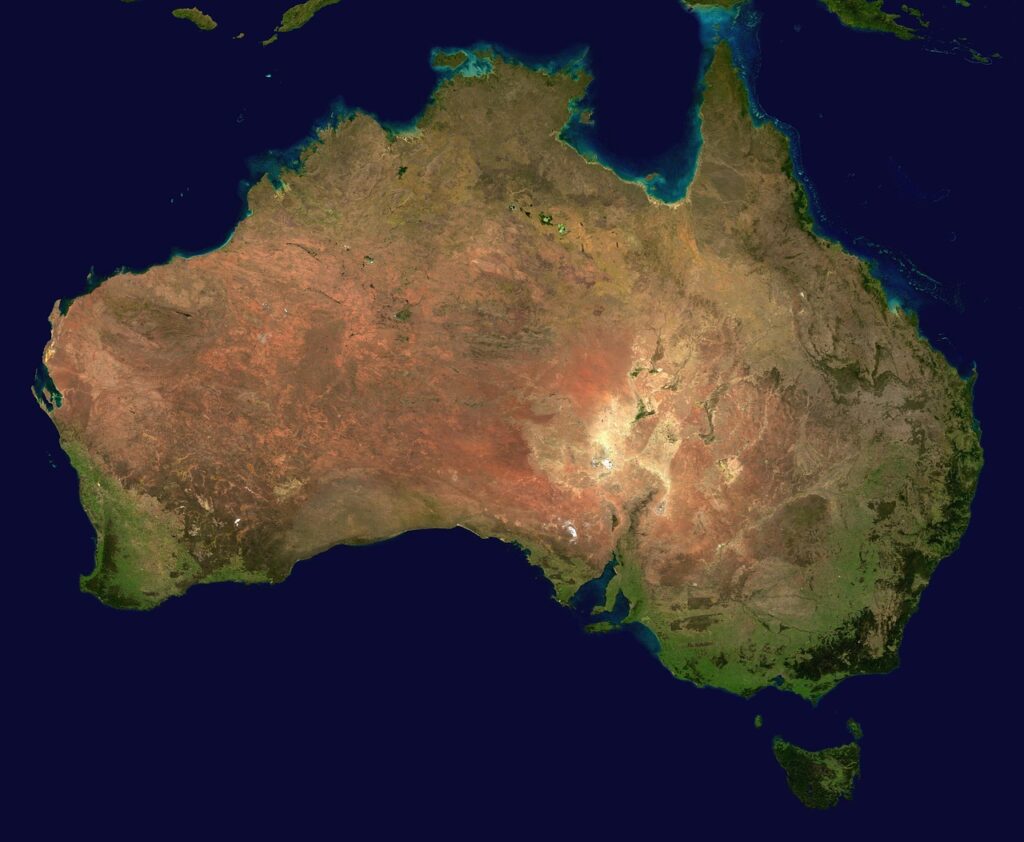An abrupt exit by Queensland’s state‑owned Stanwell Corporation has abruptly halted what would have been Australia’s largest green hydrogen facility, underscoring how shaky economics and wavering offtake commitments are forcing a strategic retreat across the nation’s nascent hydrogen sector.
The Central Queensland Hydrogen Project (CQ‑H2) had envisioned an initial 720 MW electrolyser array producing up to 73,000 tonnes of green hydrogen annually, with plans to scale to 2.88 GW for over one million tonnes per year. Total capital expenditure was pegged at roughly AUD 12.5 billion (USD 8.2 billion). Yet in a terse statement on July 1, 2025, Stanwell confirmed it was “discontinuing its involvement in the CQ‑H2 project and other hydrogen development activities,” effectively withdrawing the consortium’s lead partner and delivering a decisive blow to the venture’s financial and technical viability.
Driving CQ‑H2’s collapse were sharply escalating cost estimates, compounded by the withdrawal of key Japanese backers. Kansai Electric Power—slated to be an anchor offtaker—exited in November 2024, and Iwatani followed in March 2025, each citing higher production expenses than those forecast in the front‑end engineering design (FEED) study. The Queensland government also declined a request for more than AUD 1 billion in additional support, signaling a policy pivot toward projects promising more immediate affordability and reliability for domestic power consumers.
CQ‑H2’s integrated design paired renewable generation and hydrogen infrastructure: 700 MW of wind turbines and 300 MW of bifacial PV modules, supported by a 100 MW/200 MWh battery for grid stability, feeding 126 electrolytic units capable of 1,000 Nm³/h each. Annual output of 547 million Nm³ of hydrogen—equivalent to roughly 1.6 TWh of energy—would have been stored in 25 spherical vessels before transmission via a dedicated 14.94 km single‑circuit and 23.83 km double‑circuit 220 kV pipeline network. The complexity and scale reflected a deliberate effort to address both renewable intermittency and the “last‑mile” hydrogen transport challenge.
Yet even such comprehensive infrastructure could not overcome macroeconomic headwinds. At green hydrogen production costs that remain in the US$4–8/kg range, projects require sustained support mechanisms—whether carbon pricing, long‑term offtake agreements, or subsidized capital costs—to reach bankable returns. In CQ‑H2’s case, the loss of Japanese customers eroded the project’s revenue certainty, and without binding domestic mandates or competitive export logistics, financiers balked at the remaining risk.
CQ‑H2 joins a growing list of Australian hydrogen retreats: Fortescue’s electrolyser facility in Gladstone, South Australia’s Hydrogen Jobs Plan, Origin Energy’s New South Wales proposal, and Woodside’s Tasmanian pipeline plan have all been shelved in recent months. Even the one under‑construction Yuri pilot in the Pilbara has slipped by a year. The pattern suggests that until electrolyser costs, grid integration, and offtake markets mature in tandem, Australia’s hydrogen ambitions will be constrained to smaller, modular projects tightly aligned with existing industrial demand, rather than the multi‑billion‑dollar greenfield complexes once envisaged.





